
Forbidden love and exile, royal balls, Roman mosaics and a Genoese tower-lighthouse. Ladies and gentlemen, welcome to Constanta!
The Witch, Romulus, and Rem
There is no city in Romania, where there is no statue of the Witch with its suckling Romulus and Remus. There it is in the Romanian sea capital Constanta. It is located in the square, near the remains of the Roman city of Tomis. The historical reference is clear - the Romanians regard themselves as heirs of the Romans. Constanza is the oldest inhabited city on the territory of today's Romania.
In the past, there was an ancient Greek Black Sea colony named Tomis. One of the testimonies for the prosperity of this ancient city is the cutting of its own coins discovered during the excavations. In the 29th BC, the Romans conquered the city and its port became an important trading point for the Roman Empire.
Today, Constanta's port is the fourth largest in Europe and serves the bulk of cargo in the Black Sea region. On the remains of the ancient settlement, today are built modern buildings - banks, offices of international companies, modern dwellings. There is also a MALL - even three - for the shopping maniacs. This fact makes it difficult for the study and limits the archaeological excavations from the past of the Black Sea settlement.
The Church and the Mosque
Many interesting sites attract the curiosity of the traveler in this Neptune City, as is the unofficial name of today's Constanta.
Art Deco casino, whose architectural plan was originally planned for construction in the Bulgarian sea capital Varna; Ethnographic museum, casino, and Roman baths. Here is the wooden Orthodox Church of St. Mina and the Mahmudi Mosque of Jelizobeton. The city has a Dolphinarium, Planetarium, Aquarium.
There is also a poet whose story overcomes the distance of the ages. This is Pub Ovid Zanzon - known as the Poet of Unhappy Love. Its statue is located on August Square and is made by the famous Italian sculptor Ettore Ferrari. Emperor Octavian August expels the poet in Constanta, where he spent the last years of his life.
Ovid and love
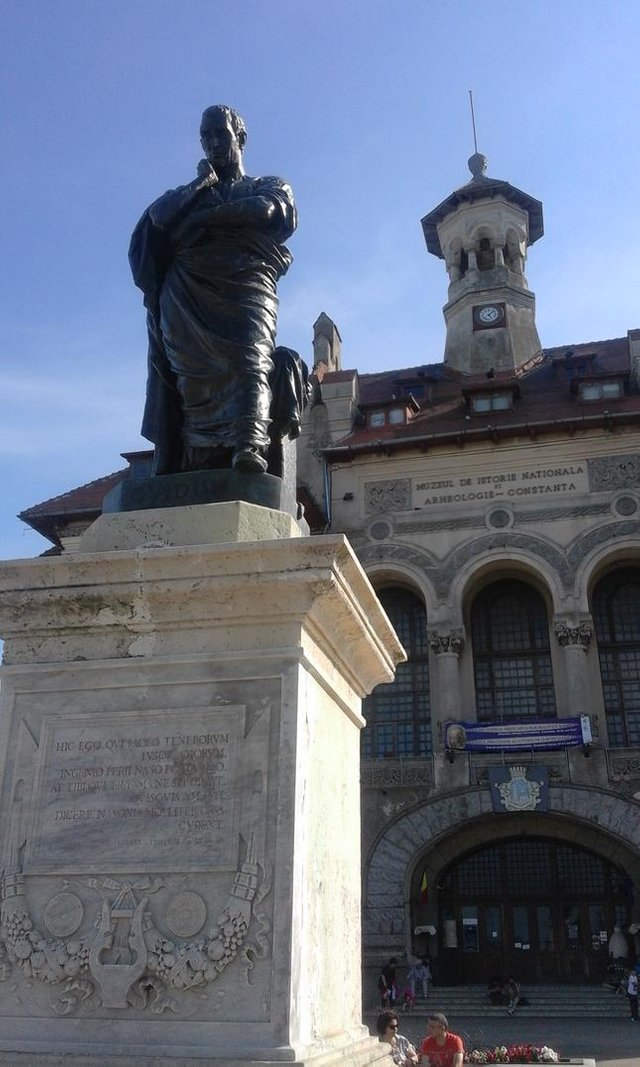
"Catalyst quam nemorogavit" - Charmed is the one that no one has ever reached.
A year after Julius Caesar's murder, Ovidius created his first works at the beginning of Octavian Augustus. His work is varied, but the most famous work among ordinary people is his ArsAmatoria ("The Art of Love").
At first sight, the three books of ArmasAmtoria are a collection of short poems that sound like ordinary love stories. They contain all the attributes of the usual love storyline: forbidden love, the slave, the traditional symptoms of love, the rich rival, the pain, the infidelity and the eventual successful love affair. However, they also include tips that teach the reader to be a good lover.
In fact, his contemporaries define ArsAmatoria as a parody of didactic poetry as a guide to finding and seducing women in Rome. A little later, she is followed by "RemediaAmoris", which teaches the reader how to be good at parting.
Ovid's bright poetic talent does not go unnoticed by the audience, and for a short time, he becomes a favorite of the people. His companionship with speech masters such as Horatius and Vergillius clarifies his poetic talent that stands out with brilliant wit and accuracy in expression. Ovid's work has a great impact on Western European literature.
Although it was written centuries ago, much of the advice and recommendations in ArsAmatoria are useful and applicable regardless of the weather. Ovid was a guru in today's fashion world for his advice to the ladies. Tips that if not in the form of a poem would have a regular column in modern women's magazines. It provides guidance on flirting techniques, tips for everyday beauty care, hairstyles, clothes, and makeup.
The literary rebel of the Golden Age of Rome
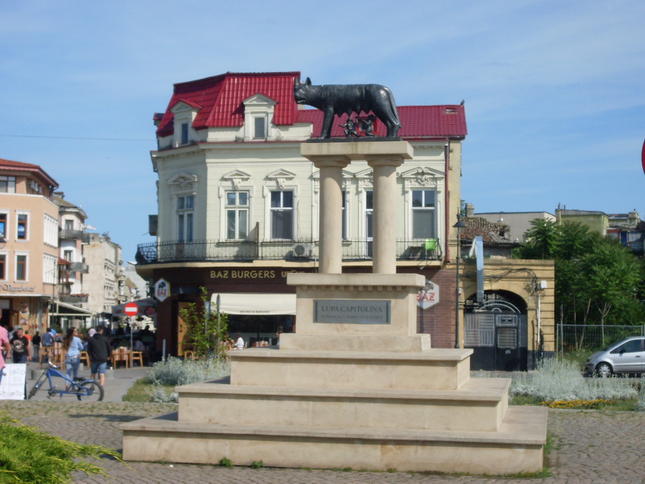
Due to inconsistencies in the ideas promoted by the official policy of Emperor Octavian Augustus, he expels the poet from Rome by sending him to live in an area bounded by the empire, the city of Tomis, today's Constanta. Just how Ovid grew the Emperor, the story did not. The sufferer himself calls the cause "error". It seems that his mistake has struck the peace of the imperial family. All the assumptions made by historians trying to find the truth about the exile are too arbitrary.
Another version of the expulsion, and in fact more probable, is given to us by the poet himself - this is his ArsAmatoria, for which he blamed him as a "teacher of debauchery and dirty adultery." In one of his "Pontus Letters" sent by Constanza, Ovidius says that the reason for his exile is precisely his poems.
The lack of proper judgment of Ovid (or possibly a mistaken sense of time) shown in ArmasAmtoria, where he writes about the art of adultery, turns out to be unacceptable to official authority. Emperor Augustus has just adopted Julian marriage laws, encouraging monogamous marriages to increase the birth rate of the population and effectively ban infidelity. In this sense, Ovid's texts turn out to be subversive to the emperor's moral law and he sends the poet into exile.
Exile as an Elegy
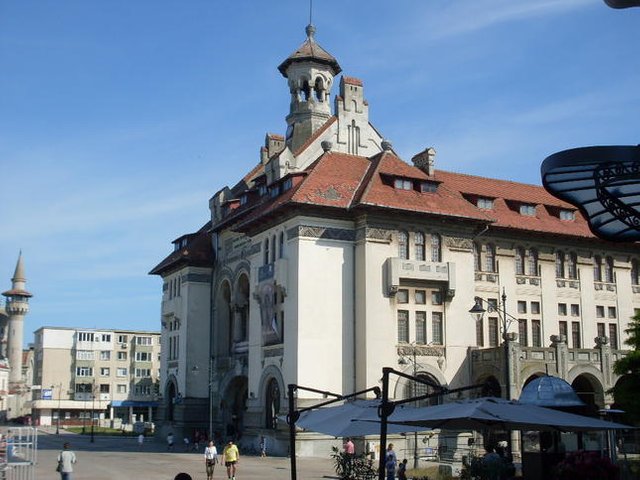
From the Black Sea coast, Ovid grew up "Sorrowful Elegy" and later "Pontus Letters" in four books. In his despair, the poet destroyed the crown of his work - Metamorphosis - before he finished it. In this series, he describes encyclopedically the transformations in Greek and Roman mythology from the appearance of the universe to the deification of Julius Caesar.
We have copies of the work, possessions of his friends. Ovid has suffered deeply in his exile, describing his life desperately in the border Black Sea region. Because of the suffering suffered here in Tomis, he was rewarded centuries after his death with a magnificent statue placed on the central square of Constanta. A square bearing the name of the man who chased him out of civilization - Emperor Octavian Augustus.
In time, the city was renamed to Constanta, the sister of Emperor Constantine the Great. At the end of the 15th century, he became part of the Ottoman Empire. After the liberation in 1878, a new age came to Constanta. It becomes a major seaside resort in Romania.
The casino - from fabulous to ghostly
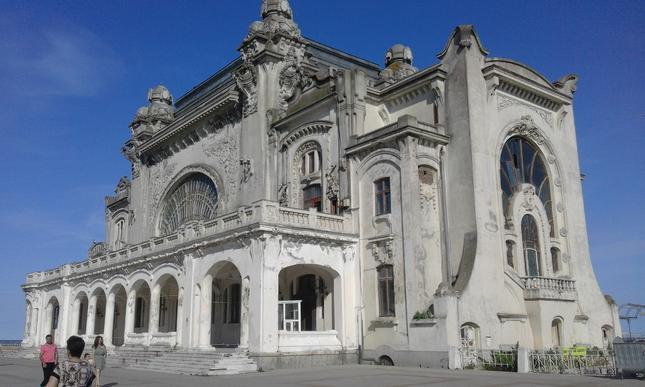
On the coastal street, among crowds of people and the smell of seawater, stands out the impressive body of the Casino in Constanta. The Art Deco building is sad and sad. Curious historical facts surrounding the construction of the Casino are not enough to provide an investor to restore the refined building.
Initially, the Romanian architect Petre Antonescu was involved in the construction. His project is in a national style that is not approved by the assignor - King Carl First. Therefore, after the foundation pours out, the architectural plans are changing. The city's management redeems the project of the French architect Daniel Renard, designed to build a casino in Varna.
Thus, the construction of the Casino ended in 1910, with the end result impressive with its monumental size and mixed decorative elements. Many representatives of European royal families are dancing here waltz and jewelry with listening to concerts. Ballrooms with stunning ceiling decorations, sparkling crystal chandeliers, and a splendid view of the Black Sea have welcomed the guests of the Casino. It becomes a favorite place of the European elite. Later, his twin was built in Monte Carlo, Monaco.
During the war, the maintenance of the beautiful but huge building proved difficult and expensive. Shortly during the Second World War, she was rebuilt in a hospital. Since 1990, the fairytale building has been closed. And from a fairytale, she has already become a ghost. However, the streams of people walking along the coastal street do not stop to see it. The noise of the sea waves is complemented by still-tapping phones, tablets, and cameras that retain a moment of the present - a 100-year-old photo of a smiling traveler.
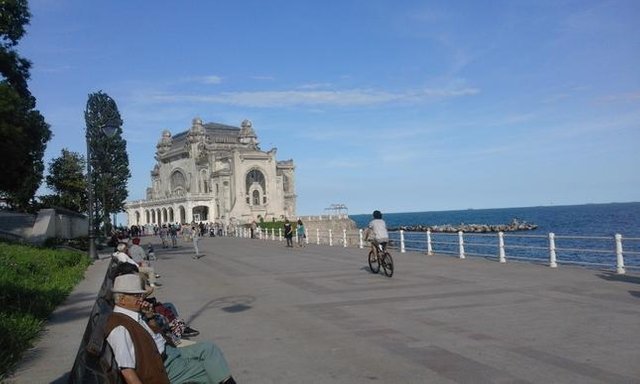
In 2013, the European Commission allocated € 10 million to support the reconstruction of the emblematic building. Restoration work was expected to begin in the autumn of 2015 and last for about two to three years.
We are already in the summer of 2017 and I still can not order Martini with olive oil and crushed ice in the Constanta Casino.
Ladies and gentlemen, bet on his destiny ...
Thank you for reading it.

image source - private archive
nice post upvoted and followed
Downvoting a post can decrease pending rewards and make it less visible. Common reasons:
Submit
Thank you @deshwal
Downvoting a post can decrease pending rewards and make it less visible. Common reasons:
Submit
Such an interesting read sounds like such an interesting place
Thanks for sharing
Downvoting a post can decrease pending rewards and make it less visible. Common reasons:
Submit
Is nearby to Bulgaria i visit it this summer, around 3 hours driving from my house. The Balkans are very beautiful and green :)
Downvoting a post can decrease pending rewards and make it less visible. Common reasons:
Submit
I never made it there, wish I had
But I agree the Balkans are so green and beautiful
Downvoting a post can decrease pending rewards and make it less visible. Common reasons:
Submit
This post recieved an upvote from minnowpond. If you would like to recieve upvotes from minnowpond on all your posts, simply FOLLOW @minnowpond
Downvoting a post can decrease pending rewards and make it less visible. Common reasons:
Submit
This post has received a 2.42 % upvote from @bellyrub thanks to: @krisii.
Downvoting a post can decrease pending rewards and make it less visible. Common reasons:
Submit
I like your post. @suggeelson I have followed you
Downvoting a post can decrease pending rewards and make it less visible. Common reasons:
Submit
Sneaky Ninja attack!
You have been defended!
4.04...
To help keep my Jōki (蒸気) power strong, I rely on the support of my fellow #thealliance brethren.
When able, please upvote my attacks so that I may stay mighty and continue to defend and protect our beloved team!
woosh
Downvoting a post can decrease pending rewards and make it less visible. Common reasons:
Submit
Resteemed! sorry for the delay had missed this one.
Downvoting a post can decrease pending rewards and make it less visible. Common reasons:
Submit
It's actually spelled Constanța not Constanza ( could read as Constantza tho)...and the city is amazing...at least in potential.This city could be the western gate of the silk road if not for our corrupt politicians that sold the country to the globalists in 1989..
Downvoting a post can decrease pending rewards and make it less visible. Common reasons:
Submit
Beautiful architecture! Such a shame I haven't made it to Europe yet in my travels.
Downvoting a post can decrease pending rewards and make it less visible. Common reasons:
Submit
That's awesome. Planning a trip to Europe so might actually visit Romania whilst I'm there. Thanks for sharing.
Downvoting a post can decrease pending rewards and make it less visible. Common reasons:
Submit